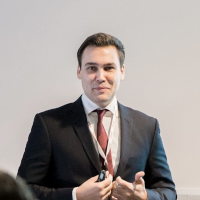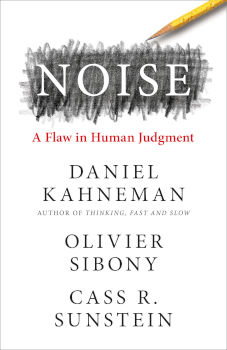A newsletter that started as a personal learning and getting-in-touch project by Ivan Krnic grew into a sociotechnical newsletter covering topics of technical excellence, organizational improvements, and productivity.
Organizational exoskeletons
Not a single large enterprise organization was born large and enterprise.
Each one of them started as a small and nimble group of people solving a relevant customer problem. Over years they grew their business but they also grew their exoskeleton in terms of methodologies, hierarchy, policies, governance, and control. The exoskeleton is good because it provides internal support and protects you from external influences. But it is good only as long as you are in the same habitat. Once you change the habitat, the same exoskeleton that supported you earlier is now holding you back. Small organisms adapt. Can large organisms adapt as well?
In Projects to Products, dr. Mik Kersten points out that we’re approaching the turning point of the Age of Software. That means that the habitat for organizations today is evolving rapidly. And old exoskeletons are holding organizations back.
Traditional enterprise organizations need to change the way they look at their customers, the way they are organized, and the technologies they use. It’s hard enough to change one of these things so how do we change all of them? Fortunately, these three things work in concert. As difficult as it may seem, it has been done in the past. Large ships can be turned around! It just takes a bit more effort.
As always, we need to start with a bold vision and small steps. Start with one team and roll it out to the rest of the organization. Start with your customers in mind (whoever they are for your team), understand their needs, iterate toward the solution, and leverage technology to iterate faster. Technology is there to support shorter feedback loop, not to build an engineering playground.
Interview of the Month

Transforming orgs with Michael Heiß
Working in the field of cloud native and DevOps, I get to talk to many interesting people and one of them is Michael Heiß, Cloud Computing Business Leader at ARS. Michael works in the same area of helping enterprise organizations embrace new ways of working. Listen to our conversation on typical challenges that come up when transforming enterprise organizations and what can they do to “turn the ship around”.
The cognitive load is the resident evil in organizations today! It shreds our focus and slows down the flow of value. Fortunately, Team Topologies offers a recipe to overcome it by forming the right structure of teams and establishing the right team interactions, thus supporting DevOps way of working.
Download CROZ case study and check out how Team Topologies helped us achieve a better flow of value and keep technology in check.
Hand picked
Value Stream Management Consortium is an association for enterprises and individuals working with value stream management practices and platforms. This year VSMC has published it’s first The State of Value Stream Management Report and you should take a look. After Agile and DevOps, Value Stream Management is recognized as the next step in the evolution toward a more effective software delivery process. This report will give you insights into what VSM really is and how other organizations implement it. You will also find guidance if you’re starting with this practice.
When things go wrong in the organization, the root cause is usually found in the organizational culture. But Ian Miell argues that should we dig deeper, we would find an even “rooter” cause – money flows. As Ian says, if you want to change an organization, you need to look at how money works within it. He’s not wrong.
If it’s been a long time since your read Accelerate, this blog summarizing 24 Key Capabilities To Drive Improvement In Software Delivery will brush you up on where you need to focus your efforts.
Team Topologies have made the Conway law more relevant than ever. Since there are close to zillion versions of the Conway law, Thierry de Pauw has put together most of them in this blog post Shades of Conway’s law. Such a good resource for truly understanding its implications.
How often do you attribute people as lazy when their behavior is not aligned with your expectations? Devon Price explains that laziness does not exist. Examples are spot on. “If you look at a person’s action (or inaction) and see only laziness, you are missing key details. There is always an explanation.”
Read with us

Noise: A Flaw in Human Judgment
Daniel Kahneman et al. published another gem demystifying the role of noise and bias in our judgement process.
Just like “Thinking, Fast and Slow”, this book will make you more aware of what happens in your brain when you make decisions so you can hopefully anticipate it and decrease the impact that noise and bias have on your decisions.
Warning: this is not a light read



